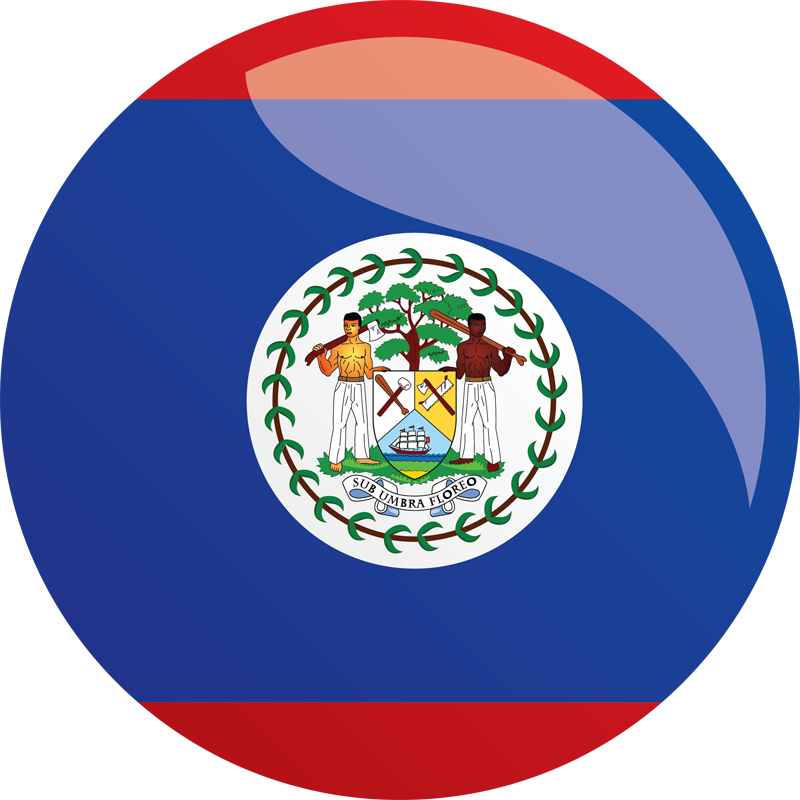Belize is a small, diverse, coastal nation at the crossroads of the Caribbean and Central America.
For most of Belize’s history, its economy relied on the export of forest products, sugar, and fruit. In the 1990s, tourism began to expand. For the next decade, Belize experienced robust real per capita income (PCI) growth, and by 2019 tourism made up more than 40 percent of Belize’s GDP. However, from 2004 to 2019 real PCI growth was near zero. As of 2018, 52 percent of the population’s income was below the Belizean General Poverty Line, and in 2020, Belize experienced a sharp fall in tourism revenue and real PCI fell by 16 percent. And while agriculture is the second largest contributor to Belize’s GDP, both agricultural productivity and employment in agriculture are on a downward trend.
The $125 million Belize Compact aims to address the binding constraints of low-quality education and high electricity costs by increasing the number of post-primary graduates with the skills relevant to labor market demands and lowering the wholesale cost of electricity in real terms. The compact is designed to achieve its objectives through two projects: the Education Project and the Energy Project. The Government of Belize will also invest an additional $40.6 million towards the compact budget.
Financials
Financials as of June 30, 2025
Program Budget
Milestones
-
Signed:
September 4, 2024
Program Projects
-
$73,801,000
Project Total Amount
The Education Project aims to invest in Belize’s secondary education and technical and vocational education training (TVET) sector. The project will finance:
- establishing an educational quality assurance system to assess and improve the quality of management and teaching as well as the achievement of learning outcomes,
- building capacity of educational leadership and teachers,
- providing teaching and learning resources,
- supporting the increase in the percentage of primary graduates that enroll in and complete secondary school, and
- supporting the establishment of a National Training Agency and building the capacity of the TVET sector to implement inclusive TVET programs that are aligned to labor market needs.
-
140,243
Estimated Beneficiaries -
16.3%
Estimated Economic Rate of Return
-
$21,684,000
Project Total Amount
The Energy Project aims to reduce the wholesale cost of electricity in real terms. The project will finance:
- technical and supervisory support for utility scale solar power projects,
- funding to facilitate new power purchase agreements with independent power producers, and
- modernization of the grid, including battery energy storage systems, to accommodate variable energy.
-
517,943
Estimated BeneficiariesAny household expected to receive an income gain from the MCC project, either through direct monetary increases, time savings, land value.
-
16.1%
Estimated Economic Rate of Return


